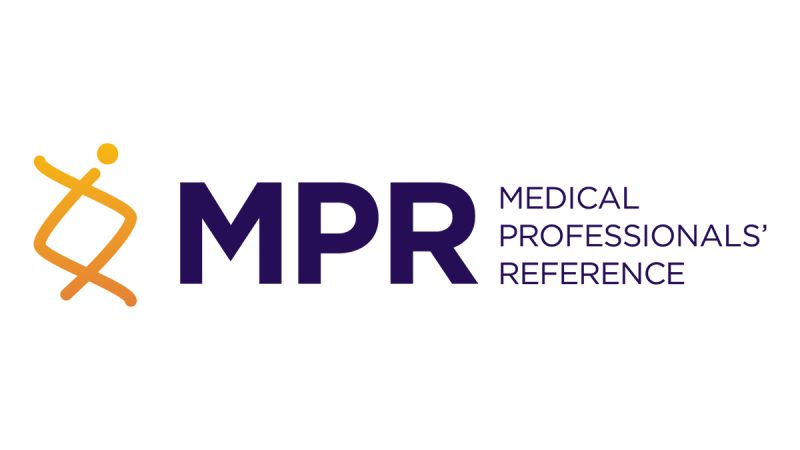
The FDA has issued updated strain composition recommendations for the 2025-2026 influenza season based on comprehensive US and global surveillance data. These recommendations, developed in collaboration with the CDC and DoD, maintain the trivalent formulation while updating the influenza A/H3N2 virus strain component from the previous season’s formula.

- The 2025-2026 vaccine continues as a trivalent formulation containing two influenza A subtypes (H1N1 and H3N2) and one influenza B virus type (Victoria lineage).
- Egg-based vaccines will include A/Victoria/4897/2022 (H1N1), A/Croatia/10136RV/2023 (H3N2), and B/Austria/1359417/2021 strains.
- Cell- or recombinant-based vaccines will contain A/Wisconsin/67/2022 (H1N1), A/District of Columbia/27/2023 (H3N2), and B/Austria/1359417/2021 strains.
- Only the influenza A/H3N2 virus component has been changed from the 2024-2025 formulation, suggesting stable circulation patterns for H1N1 and B strains.
- Manufacturers have been notified, with adequate vaccine supply anticipated to meet demand for the upcoming season.

- Patient Communication: Emphasize to patients that annual vaccination remains necessary even when some strains remain unchanged from previous years. Discuss with patients that vaccine formulation differences between egg-based and cell/recombinant vaccines reflect manufacturing process requirements rather than efficacy differences.
- Practice Integration: Update inventory systems and order forms to reflect the new vaccine composition specifications. Begin planning vaccination campaigns for September-October 2025 implementation.
- Risk Management: Monitor for any early reports of strain mismatch as the 2025-2026 season approaches. Consider staggered vaccine ordering to adjust for potential strain-specific effectiveness reports.
Influenza Summaries
 PATIENT EDUCATION
PATIENT EDUCATION  OBESITY/WEIGHT MANAGEMENT
OBESITY/WEIGHT MANAGEMENT  EXERCISE/TRAINING
EXERCISE/TRAINING  LEGAL MATTERS
LEGAL MATTERS  GUIDELINES/RECOMMENDATIONS
GUIDELINES/RECOMMENDATIONS